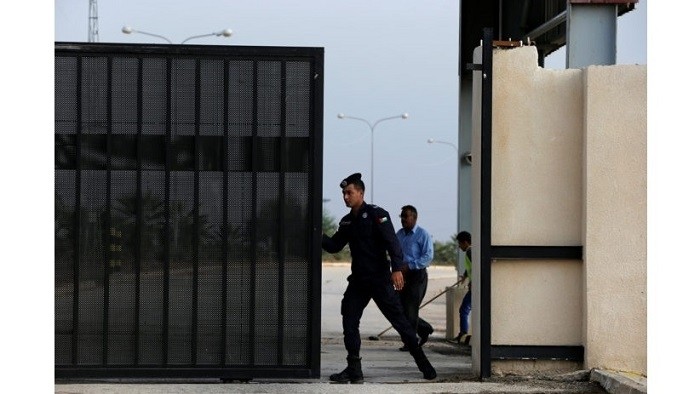Iraqi Foreign Minister Ibrahim Jaafari visited Syria to discuss coordination measures to accelerate the reopening of border crossings along the shared borderline between the two countries. The Jordanian government also confirmed that the Nassib crossing resumed operation on October 15 after years of closure. The aforementioned moves aim to restore trade exchanges, which have been disrupted for many years, between Syria and its neighbours.
Syrian government troops have regained control of Nassib, which had been occupied by rebels since 2015, cutting off a vital cargo route between Turkey and the Gulf, as well as between Lebanon and the Gulf region, with a volume of hundreds of trucks every day. Prior to the outbreak of conflict in Syria in 2011, the value of goods traded through the Nassib border gate was up to billions of dollars annually. Therefore, the closure of this crossing significantly affected the Syrian economy as well as that of its neighboring countries.
Meanwhile, the Syrian government is creating favourable conditions for refugees to return home. The flow of expatriates is returning via three checkpoints on the Syrian-Lebanese border under the Russian-backed refugee repatriation process. Syrian Foreign Minister Walid Muallem affirmed that Syrian refugees are welcome home to jointly reconstruct their homeland. Approximately five million Syrians have left their homeland to escape conflict and more than six million have fled domestically.
The victory of the Syrian army on the battlefield has facilitated the return of refugees. However, the road back for the exiled people remains rugged and troubling as war is still proceeding in certain areas. The Syrian Observatory for Human Rights (SOHR) said no gunmen had left the demilitarised zone in Idlib province, northwestern Syria, despite the deadline for the extremists to withdraw, as set out under a Russian-Turkish deal reached in Sochi last month on the establishment of a buffer zone. The jihadists in Idlib proclaimed to continue fighting, but did not give a clear view of the withdrawal.
Furthermore, several lethal shootings in the area show that the withdrawal of heavy weapons from the demilitarised zone has yet to be completed as previously reported. According to observers, opposition forces in Idlib may be seeking to lengthen their time with an ambiguous attitude, neither objecting nor fully complying with the agreement. Although the Russian Foreign Ministry said more than 1,000 gunmen and 100 heavy weapon units have left the region and Turkey confirmed that the rebel forces have completed the withdrawal of heavy weapons from the battlefield in Idlib, opposition forces in Syria seem to be seeking ways to stay at their last major bastion.
Russia and the United States, the two powers involved in the fight against the self-proclaimed Islamic State (IS) and playing a big role in deciding the battle in Syria, continue to “fight” on the “Syrian chessboard”. Russia’s Defense Minister Sergei Shoigu said Russia had completed the transfer of the S-300 air defense system to Syria. The move, which, Moscow said, is aimed at securing Russia’s long-term presence in the geo-strategic location. Russia’s missions in Syria are to allow its navy to be positioned in the eastern Mediterranean and to increase its influence in areas where NATO seems to be “vacating the battlefield.” Russia is upgrading its naval base in Tartus on the western coast of Syria. Meanwhile, the Syrian front is currently under pressure from Israel and Turkey as these countries have announced that they will not give up their military campaigns in Syria.
Syrian troops have deployed a large number of elite forces and heavy military supplies to the Sweida Desert aiming to wipe out the IS terrorists. The Syrian government has also cooperated with Russia to promote a political roadmap. However, the fact that regional and global powers are still pursuing different strategic goals is making the peace process in Syria remain arduous.
















